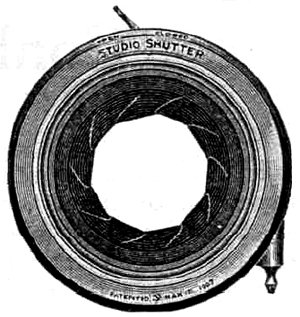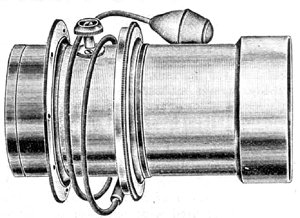Conley Automatic
The middle graphic shows a Conley Automatic from c.1908. The one on the far right is the same shutter depicted in 1912.
On the left, we see a Conley Automatic fitted with a double-convertible lens combination, as evidenced by the two rows of aperture stops. The front and rear elements could be used in combination, or the rear element alone for a longer focal length.
The Conley Automatic was available on the Double Extension / Model XVIa.
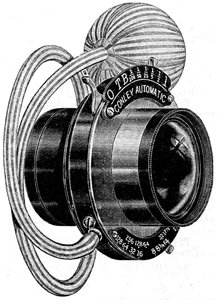
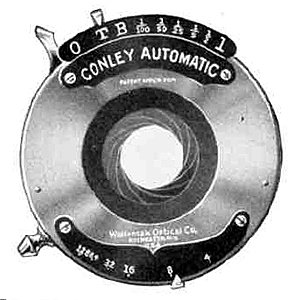
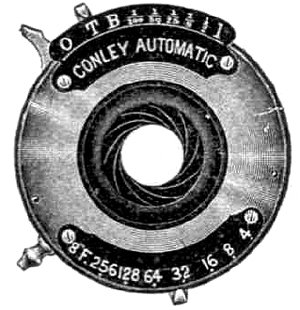
Conley Junior Automatic
The same shutter as the regular Automatic, but with fewer speeds to choose from.
The Conley Junior Automatic was available on the Model VIII.
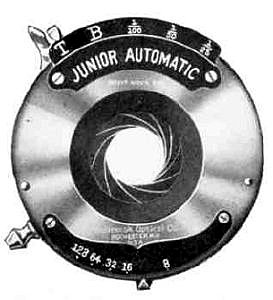
Conley Safety
The Safety shutter was an upgrade from the Automatic. The shutter had to be cocked with the lever on the lower right before it could fire.
Again, the middle shutter is from 1908, and the far right one from 1912.
On the left is the shutter fitted with a triple-convertible lens combination. The front and rear elements could be used together or singly to achieve three different focal lengths.
The Conley Safety shutter was available on the Conley A Folding, Conley C Folding / Model IX, Long Focus, Model B View, Model B.W. View, Model XI, Model XIV, Model XV, Model XVIII, Model XIX / Professional Stereoscopic.
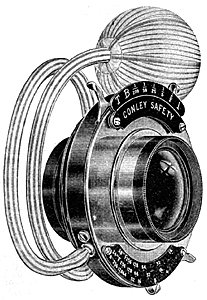
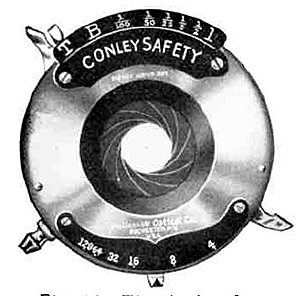
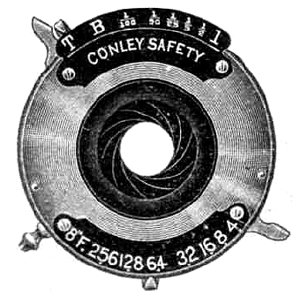
Conley Silent Shutter
I had to include this curious device, which was made for studio portrait work. The idea was that the two light-blocking panels would swing open and strike the air-cushioned paper bellows on either side, thus muffling any sound which might cause the viewer to turn their head toward the camera and ruin the picture. Although the design may appear horribly inefficient speedwise, remember that in those days studio portraits often required long exposures of up to fifteeen seconds, for which this would have worked just fine.
The Mayo Clinic's photo department used a Conley Silent Shutter into the early 1970s.
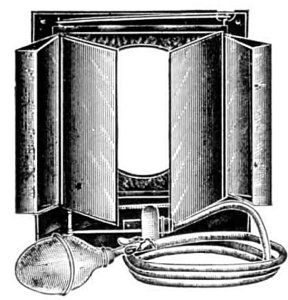
Optimo
The Optimo was available on the Model XV.
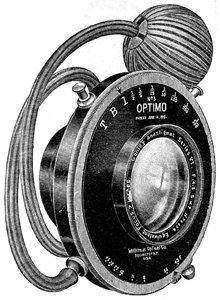
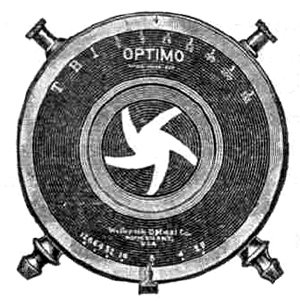
Wollensak Junior
The Wollensak Junior was available on the Pocket Folding Camera / Model V, Senior Folding Camera / Model VII, Model X.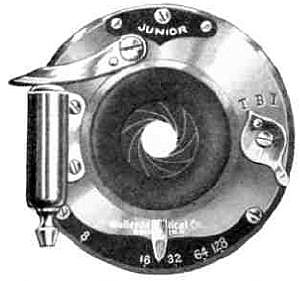
Wollensak Regular Stereo
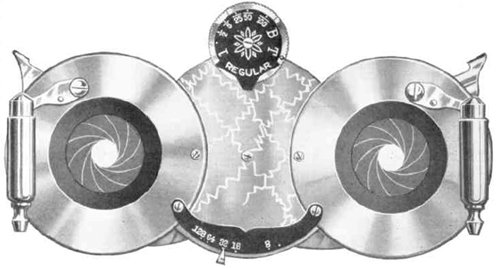
Wollensak Senior
The Wollensak Senior was available on the Improved Compact Camera / Model VI.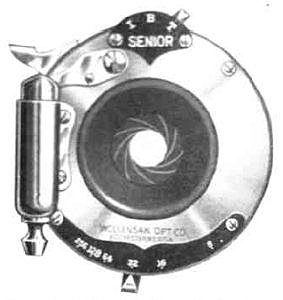
Wollensak Senior Stereo
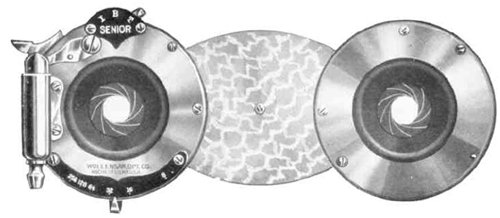
Wollensak Studio
